While Virginia’s drug problem affects every area and municipality, Roanoke is the one that is most severely affected by the overdose disaster.
There are roughly 100,000 people living in Roanoke, the largest city in the Roanoke Valley. Situated in the southwest region of the state, it is close to the West Virginia border.
About Roanoke
Roanoke has beautiful scenery, diverse culture, and good job opportunities. However, it’s facing a serious issue with drug addiction and overdoses.
In 2020, Roanoke City had the highest rate of drug overdose deaths in Virginia, according to the Virginia Department of Health (VDH). There were 95.6 deaths per 100,000 residents, which is more than four times the state average of 22.8 deaths per 100,000 residents.
Roanoke City also had the highest number of drug overdose deaths overall, with 96 fatalities in 2020.
Causes of the Overdose Crisis in Roanoke
The main reason for the overdose crisis in Roanoke is the easy access to and use of strong drugs like fentanyl and similar substances such as carfentanil, acetyl fentanyl, and furanyl fentanyl.
These drugs are very powerful and unpredictable, with varying strength and purity. In 2020, 83 percent of the drug overdose deaths in Roanoke City involved fentanyl and its analogues, an increase from 64 percent in 2019.
Roanoke City has also seen a rise in the use of stimulant drugs like methamphetamine and cocaine. These drugs can lead to serious health issues like heart attacks, strokes, and seizures.
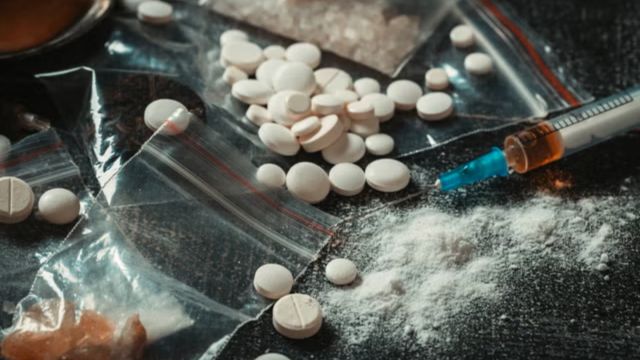
When combined with opioids, stimulants create a dangerous mix that can overwhelm the body. In 2020, stimulants were a factor in 38 percent of the drug overdose deaths in Roanoke City, up from 28 percent in 2019.
Read More: This Michigan City Has Been Named the Drug Overdoses Capital of the State
How is the Overdose Crisis in Roanoke Being Addressed?
The drug overdose situation in Roanoke is a complicated problem that needs a united effort from different groups. Here are some things being done or suggested to prevent and lower drug overdose deaths in Roanoke:
1. Making naloxone more accessible. Naloxone can reverse the effects of an opioid overdose and is now available without a prescription at pharmacies and through community organizations. The Roanoke City Fire-EMS Department also has naloxone and gives it to people who have overdosed.
2. Increasing the availability and use of medication-assisted treatment (MAT), a proven way to treat opioid use disorder.
3. Improving the collection and analysis of data on drug overdose incidents. The Roanoke City Police Department and the Roanoke City Fire-EMS Department work with the VDH and the Office of the Chief Medical Examiner to keep track of and report drug overdose cases.
4. Supporting harm reduction services and practices. Harm reduction aims to reduce the negative effects of drug use without insisting on complete abstinence. This includes programs like syringe exchanges, safe injection sites, drug testing kits, and education on preventing overdoses.
5. Raising awareness and reducing the stigma around drug use and overdose. Stigma makes it harder for people to seek help for drug use and overdose and can lead to discrimination, isolation, and shame.
Read More: This South Dakota City Has Been Named the Drug Smuggling Capital of the State
To Conclude
Roanoke is facing a serious problem with drug overdoses due to powerful substances like fentanyl and stimulants being easily accessible. The city’s overdose rate is much higher than the state average, indicating a pressing need for effective solutions.
Although there’s no one-size-fits-all solution, a combined approach involving increased access to naloxone, medication-assisted treatment, harm reduction services, and data analysis gives hope for improvement. It’s crucial to address the stigma around drug use and overdoses, making sure those in need feel supported and encouraged to seek assistance.
The path forward for Roanoke is undoubtedly tough. However, by bringing together various groups, using evidence-based strategies, and fostering compassion, the city can work towards overcoming this epidemic.
Creating a safer Roanoke requires strong dedication, innovative methods, and a steadfast belief in the possibility of recovery. Only then can Roanoke move past this crisis, rediscover its lively spirit, and provide a brighter future for its residents.





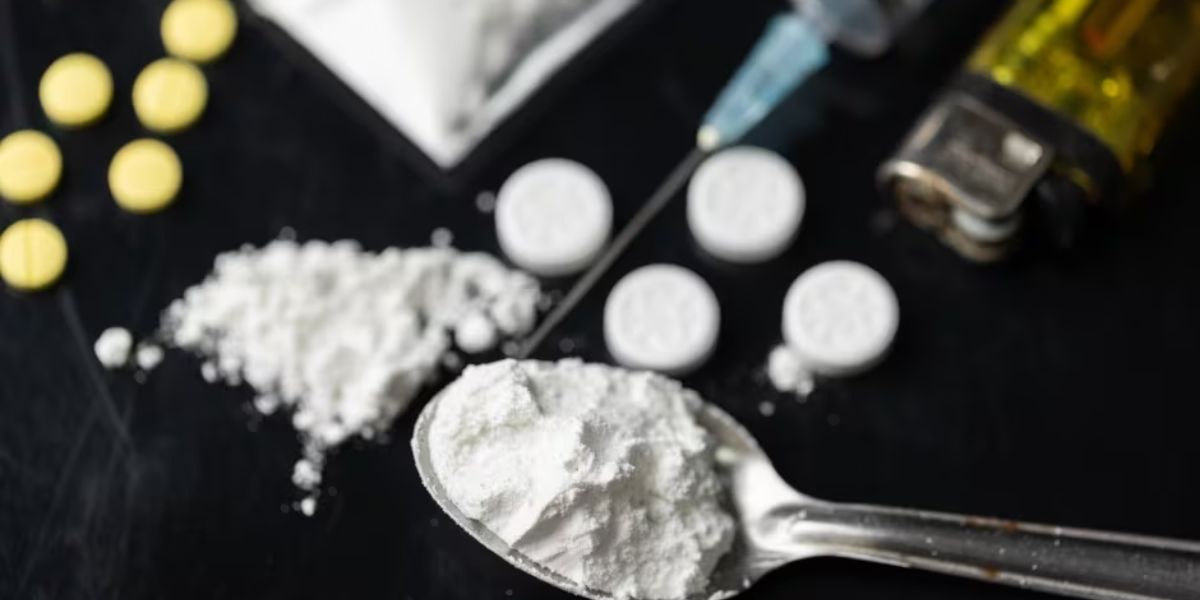
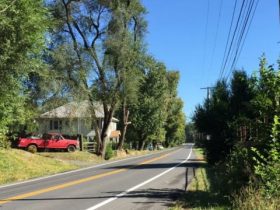

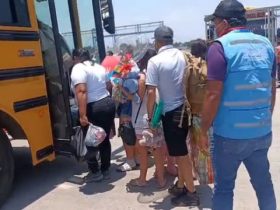
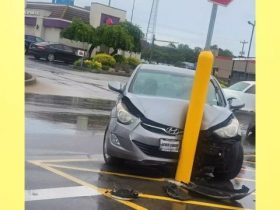


Leave a Reply